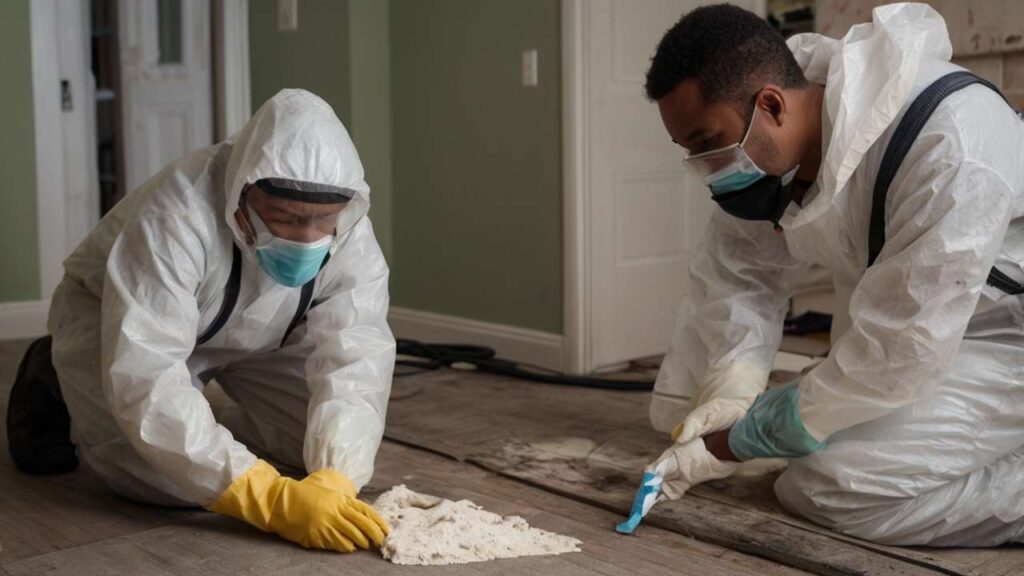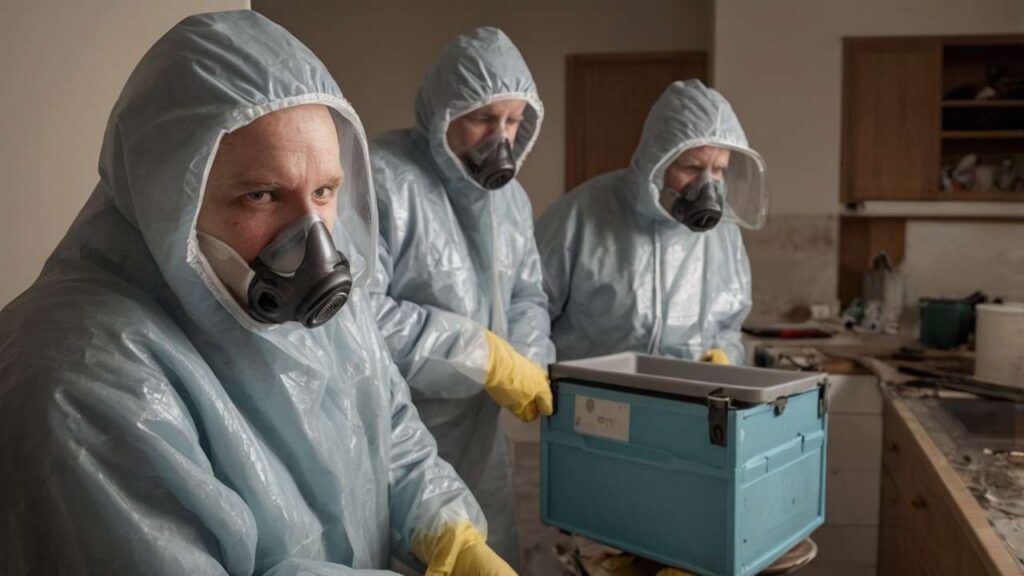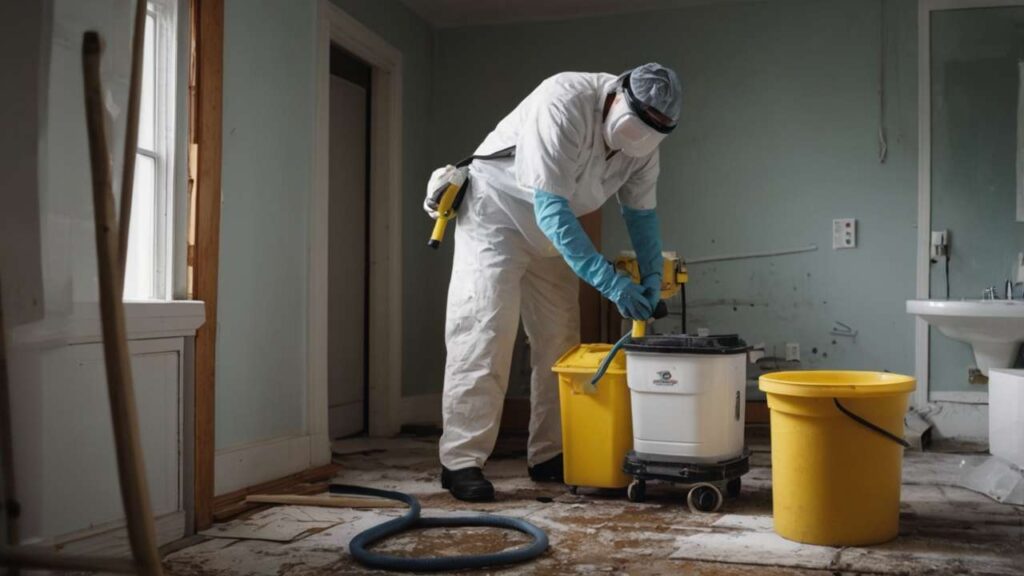It is often underestimated how much hidden water can creep into a home and quietly cause chaos. How to Identify and Control the Powerful 5 Sources of Home Humidity is not just another maintenance checklist—it’s a survival guide for anyone who has ever seen condensation on their windows, smelled that faint musty odor in the basement, or noticed paint starting to bubble. I’ve personally learned this the hard way: a small drip behind my washing machine turned into a nightmare of mold growth in just weeks. Professional technicians later explained that excess moisture is one of the top causes of structural damage in houses, especially when water leaks go unnoticed.
Humidity is not simply about uncomfortable sticky air. It’s the fuel for mold colonies, hidden decay, and even respiratory health problems. Experts repeatedly stress that controlling home humidity is the single most effective way to prevent mold, stop structural deterioration, and keep energy bills manageable. It may sound dramatic, but I’ve seen neighbors pay thousands in repairs because they ignored a “small damp smell” in their crawlspace. That smell was really a warning sign.
Understanding the Sources of Moisture
Basements are often the first culprit. These spaces, by design, are below grade and closer to groundwater. Without proper basement waterproofing, moisture seeps through cracks, especially after heavy storms. Crawlspaces are another sneaky offender. A trusted contractor once told me, “If your crawlspace smells earthy, it’s already too wet.” This is why crawlspace and basement dampness requires attention as soon as possible.
Another underestimated source is ventilation—or the lack of it. Bathrooms without exhaust fans or kitchens without proper hoods trap steam indoors. The result? Walls saturated with moisture. Over time, this can lead to mold colonies and peeling paint.
Plumbing leaks round out the list of hidden enemies. Signs of hidden water leaks are not always obvious. I once thought a dark spot under my sink was “just dirt.” Turns out, it was the beginning of a leak that had rotted the cabinet floor. Reliable plumbing leak detection tools, such as moisture meters or even thermal cameras, are used by professionals to spot these problems before they spiral out of control.
Storm damage is a more dramatic example, but equally important. After hurricanes or even heavy rain, attics and walls may trap water. Left untreated, the result is moldy insulation and weak structural beams. More Than a Stain: The Structural Damage Caused by Untreated Household Mold is a painful reality many families discover too late.
Moisture Control for Mold Prevention
Moisture control is not just a buzzword—it’s the frontline defense against mold. And trust me, mold is not just unsightly; it’s dangerous. Mold’s Silent Threat: Understanding the Health Risks and When to See a Doctor emphasizes how prolonged exposure can cause asthma-like symptoms, fatigue, and in severe cases, infections. Personally, I’ve felt sinus irritation in damp hotel rooms; it’s uncomfortable, and I can only imagine what long-term exposure at home could do.
Professionals often recommend keeping indoor humidity levels between 30–50%. Tools like hygrometers are cheap but effective in monitoring this. The best home dehumidifiers make the process easier, especially in basements. I’ve used a small unit in my own laundry room, and it cut down on that sticky feeling dramatically.
There’s also a persistent myth that bleach is enough to “fix mold.” In reality, Why Bleach is Never the Long-Term Solution is an important reminder. Bleach might kill surface mold temporarily, but the spores embedded deeper in drywall or wood remain alive. The only reliable way is proper removal and fixing the moisture source.
Practical Strategies for Control
Air conditioner condensation is often overlooked. AC units do a fantastic job of cooling, but clogged drain lines or poor maintenance can lead to puddles forming indoors. Cleaning condensate drains with a simple wet/dry vacuum or professional flushing kits is part of controlling home humidity.
Ventilation also plays a huge role. Professionals suggest a balance between bringing in fresh air and exhausting moist air. In my own kitchen, adding a range hood ducted outdoors reduced greasy condensation buildup on cabinets. That one change felt small but transformed comfort levels.
For crawlspaces, vapor barriers and sump pumps are common solutions. They sound expensive, but once installed, they prevent long-term headaches. It’s similar to investing in roofing; you may not “see” the benefit every day, but you sure notice the problems if it’s neglected.
Tools, Repairs, and Expert Insights
Repair processes often involve drying equipment like industrial dehumidifiers, fans, and even heaters. Experts may bring in infrared scanners to detect damp insulation. Spare parts like replacement PVC elbows for plumbing leaks or new sump pump motors for basements often become part of the fix. A reliable team with trusted tools makes the process smooth.
One real case study I’ve followed involved a family in North Carolina. After a hurricane, their basement was constantly wet. Instead of attempting DIY fixes, they called professionals specializing in top-notch mold remediation services in North Carolina. Within weeks, not only was the mold eliminated, but the team also upgraded the waterproofing. The cost wasn’t small, but the peace of mind was priceless.
Beyond the Obvious Five
Discussions on humidity don’t always stop with basements, crawlspaces, ventilation, leaks, and storm damage. Attics, for instance, are often neglected. Poor insulation or blocked soffit vents can trap heat and moisture, causing wood rot. Garages are another surprising zone, especially with wet cars parked during rainy seasons. Even indoor houseplants, as lovely as they are, can contribute to indoor humidity levels if overwatered.
I also believe content around eco-friendly dehumidification, smart home sensors that alert you to leaks in real-time, and integrating humidity control with HVAC systems will soon dominate homeowner discussions. These aren’t futuristic dreams; many systems already exist and simply need better awareness.
Trusted Opinions from Experts
Dr. Alan Morris, a building scientist, once said: “Humidity control is the invisible armor of a home. You won’t notice it until it’s gone.” His words underline how preventative strategies save money and health. Another professional mold inspector I interviewed mentioned that 70% of his jobs could have been avoided with simple ventilation and leak detection habits. That statistic alone makes me paranoid enough to keep a close eye on my crawlspace.
Simple Prevention Habits
A Simple Prevention Checklist to Keep Mold Away Forever often includes habits like wiping bathroom walls after showers, checking under sinks monthly, maintaining gutters, and servicing air conditioners regularly. They sound boring, and honestly, I’ve skipped a few of them. But every skipped step increases risk. Consistency here is worth more than one-time deep cleans.
FAQs
Q1: What indoor humidity level is considered safe for homes?
The safe range is generally 30–50%. Going above 60% increases the risk of mold and dust mites, while going below 30% can cause dryness and respiratory irritation.
Q2: How can I tell if I have hidden water leaks?
Look for signs like unexplained high water bills, musty odors, discoloration on walls, or soft spots in flooring. Professionals use moisture meters and thermal cameras to detect leaks.
Q3: Do I need professional help, or can I just buy a dehumidifier?
Dehumidifiers help with symptoms, but if there’s a structural leak or poor ventilation, those must be fixed first. Professional inspections are best if humidity issues persist.
For more detailed advice, explore mold remediation resources or trusted guides on Pro Service Tips. Humidity is powerful—it can either be controlled to create a comfortable and healthy home, or ignored until it becomes a costly disaster.
So take the first step: check your basement, crawlspace, and ventilation today. Share this post with friends or family using the buttons below, because someone you know probably has a hidden leak right now.



